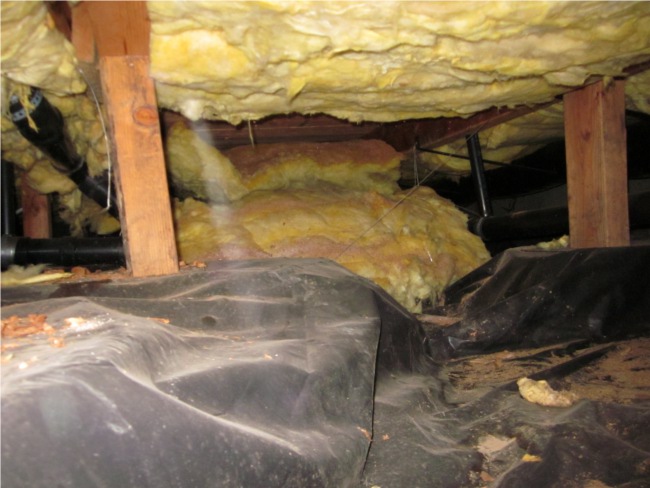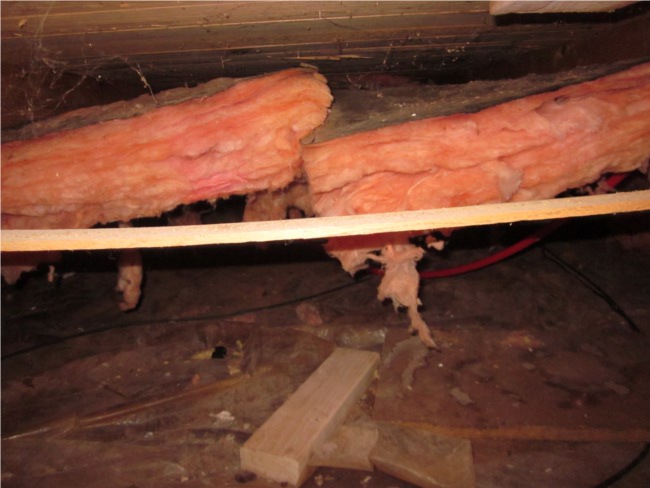The home performance team explains why it doesn’t use fiberglass batts in energy retrofits.
Hammer & Hand’s Home performance team has encountered a lot of bad fiberglass insulation jobs during its home energy retrofits. Installed correctly, fiberglass batts should completely fill a wall cavity side to side and top to bottom, without gaps, compression or folding.
The Residential Energy Service Network (RESNET) has a three grade scale to measure the quality of fiberglass installation. The best rating, Grade I, is for near-perfect installation with gaps in less than two percent of the installation. A failing rating, a Grade III, is for installations that contains gaps of five percent or more.
Our Home Performance team routinely sees installations far below these standards.
“I’ve never seen a fiberglass installation that even approaches a passing grade because installations are always so terrible,” said Hammer & Hand building analyst Cidron Cole.

This is troubling because a Grade III installation greatly reduces the effectiveness of fiberglass batts. According to the Building Performance Institute (BPI) a 2×6 wall with perfectly-installed four-inch thick fiberglass batts provides an R-value of 10 (An R-value is a measure of a building material’s thermal resistance: the higher the number the higher the resistance). Now take the same wall with the same insulation, but fold one of the batts and add some gaps around some of the wiring and you will have reduced the wall’s effectiveness to an R-value of just three. For comparison, an uninsulated wall has an R-value of about one.
“Incorrectly installing fiberglass batts is like holding a sweater and expecting it to keep you warm,” elaborated building analyst Sean Hendryx.

Bottom line, fiberglass batts are really hard to do right. Even when they are installed well they tend to sag over time like the batt pictured above. That’s why Hammer & Hand’s Home Performance Team eschews batts and uses high performance materials like spray foam and cellouse to insulate our client’s homes.
– Cody
Back to Field Notes